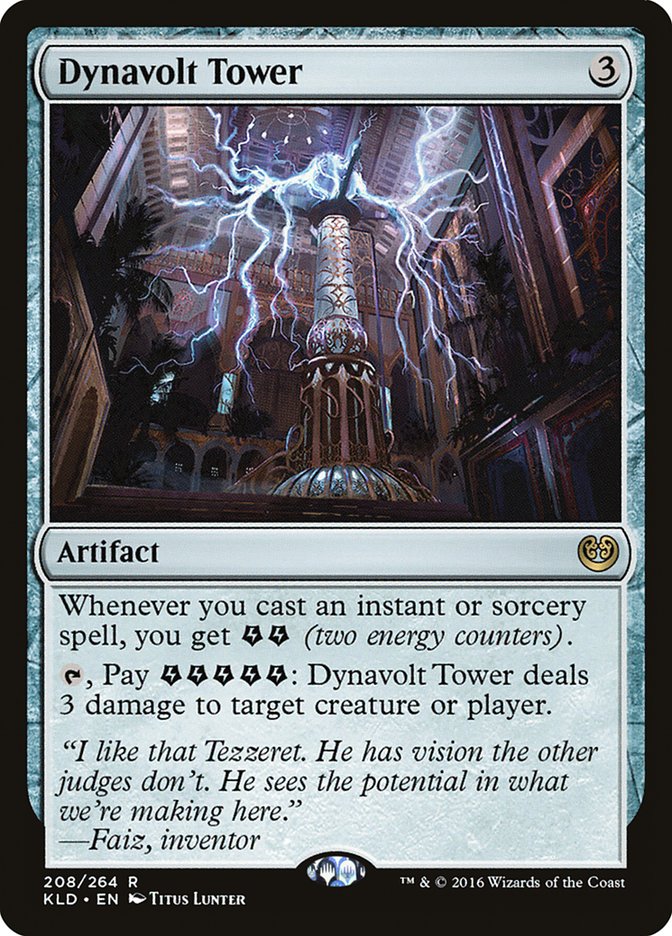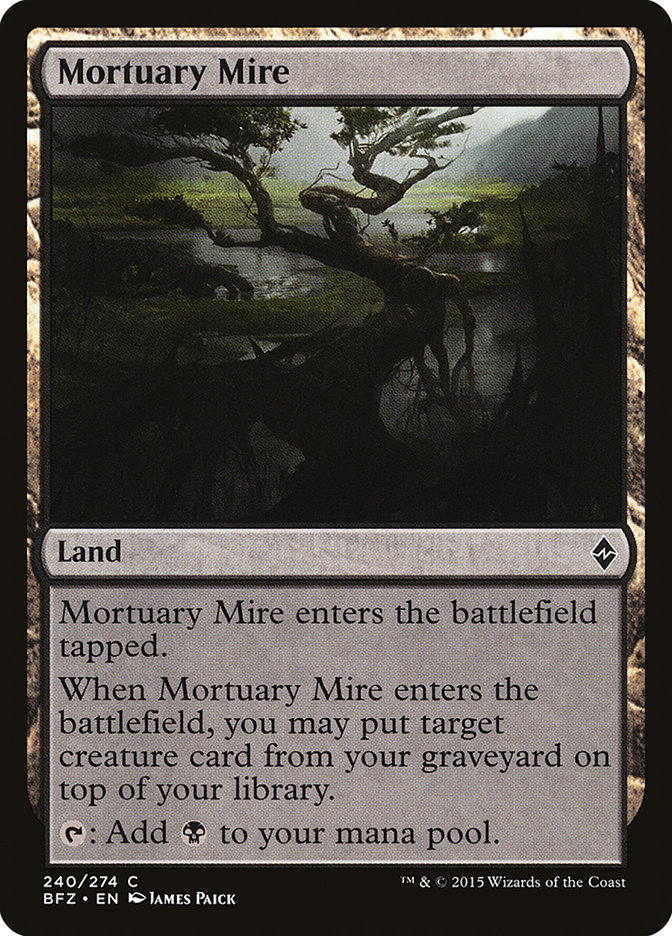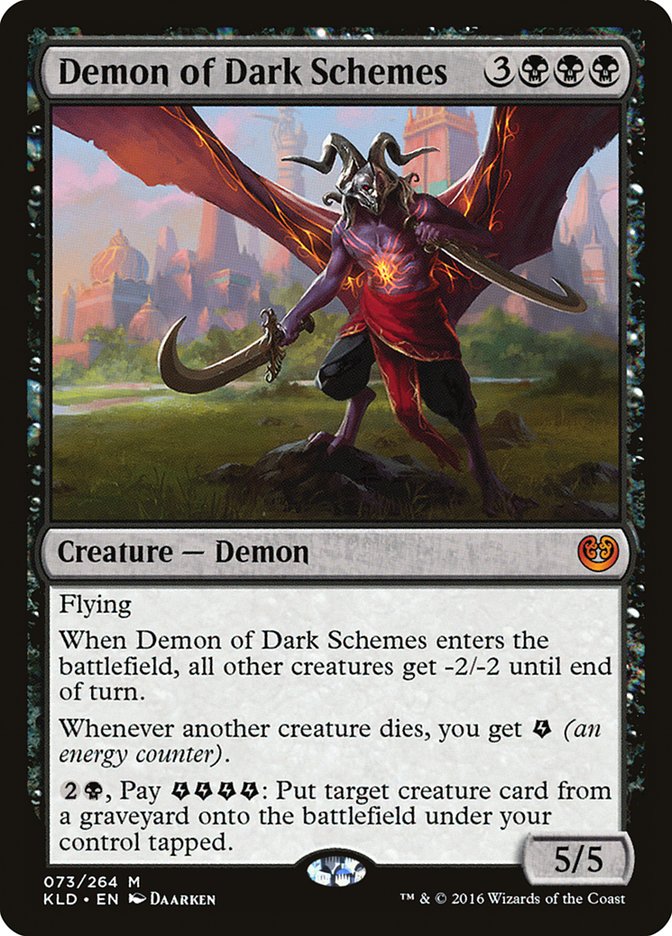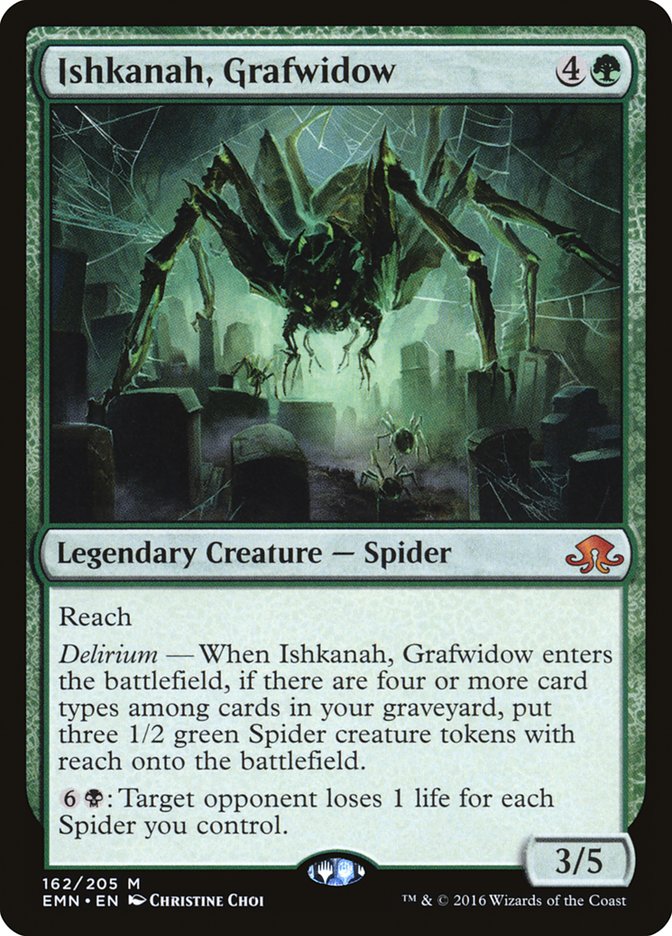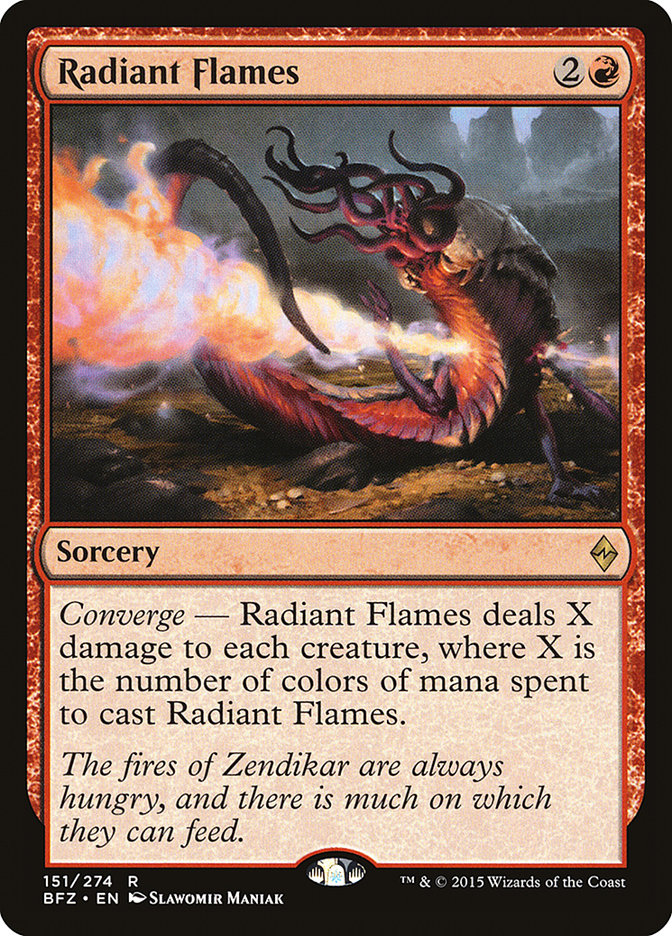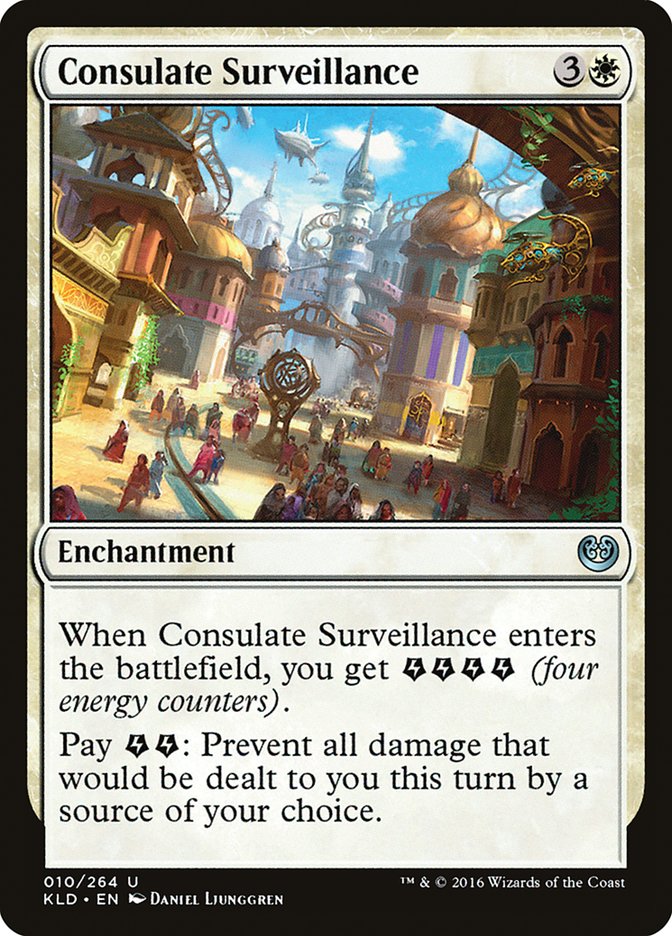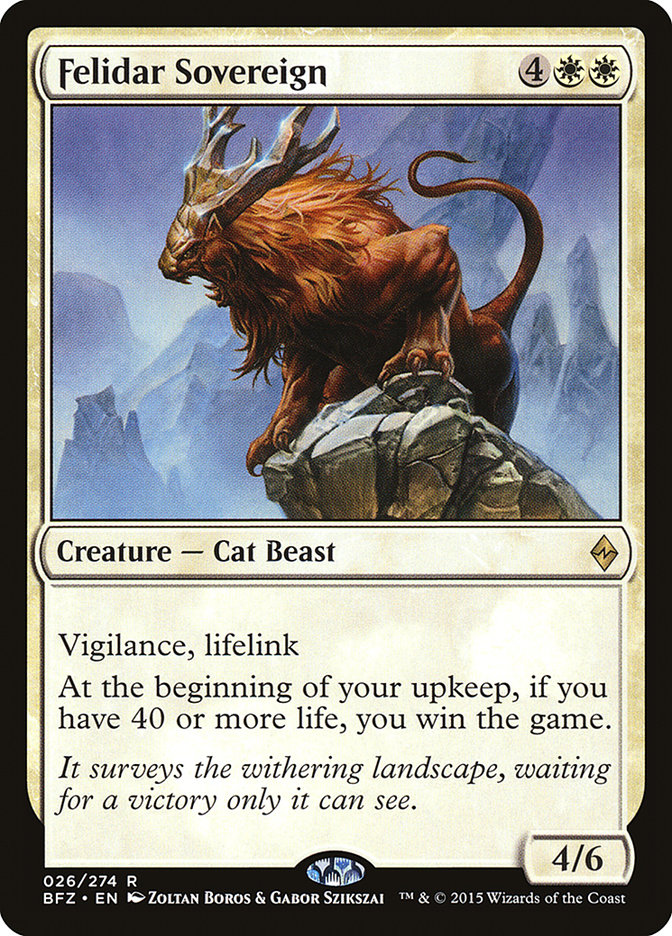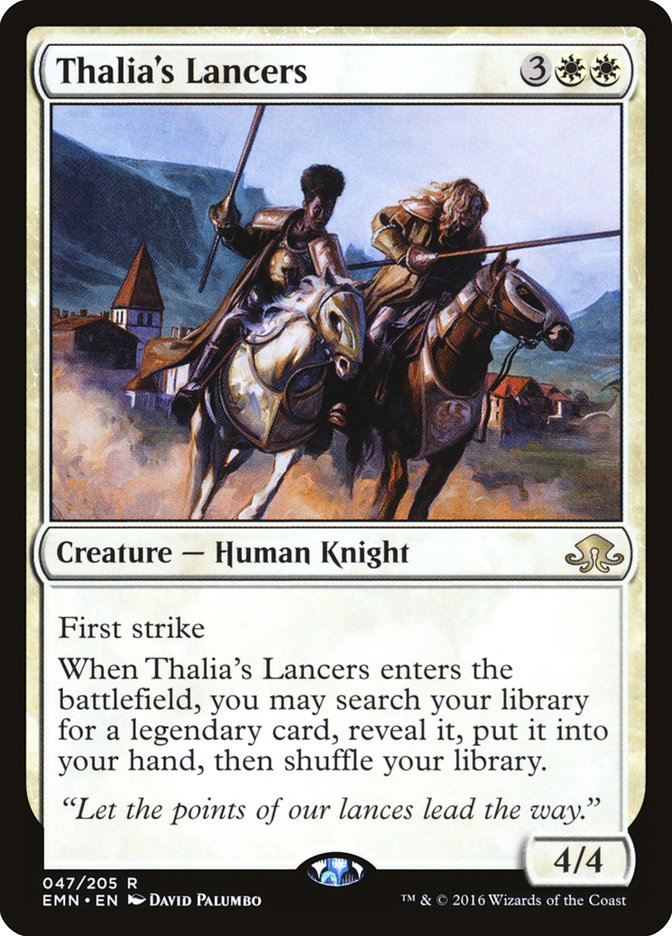In the wake of Kaladesh’s release, the field is still wide open for whatever kind of deck you’d like to play (as long as, apparently, you play an unquestionable four-of of Smuggler’s Copter.) The most flexible card in Standard aside, Kaladesh has made an undeniable impact on the format, and there are still plenty of cards left that, in my opinion, remain untapped.
Last week we talked about Energy, Kaladesh’s most innovative mechanic, and ways to efficiently convert it into damage potential and spell power. Today, though, we’re going to look at the more nuanced side of this mechanic: how we can use incremental gains for big payoffs.
The way I see it, there are two big payoff Energy cards in Kaladesh, each with a decidedly different strategy: Dynavolt Tower and Aetherworks Marvel.
Dynavolt Tower is the next in a lengthy line of “instants-and-sorceries-matter” cards, giving you a payoff once you’ve achieved some critical mass, like Pyromancer Ascension. While I definitely think there is a viable Dynavolt Tower deck, the rate of conversion is not nearly efficient enough for me. Have too much Energy? You can only cast Lightning Bolt once a turn. Have too little? This does next to nothing. In my experimentation with this card, I’ve been disappointed with its inefficiency both in Energy production and usage, and the only way I made it work was playing several arbitrary cards that both provided Energy and are instants or sorceries (the list is quite low).
[Copy editor’s note: for another take, check out Todd Anderson’s latest article on SCG Premium!]
But enough about the card that didn’t work; let’s talk about Aetherworks Marvel.
This card feels a lot like See the Unwritten, if See the Unwritten hit anything you want, could be “cast” at instant speed, and would cost no additional mana. Oh, and you can do it again, all while generating Energy for itself and your other Energy convertors. Aetherworks Marvel has all the makings of a busted enabler for Reanimator-style decks that want to cheat an expensive threat onto the battlefield. Better than that, you cast it. All of those things together make this the highest-potential Energy card in the set.
It’s already seeing play; two Temur decks achieved Top 8 finishes in this weekend’s Invitational Qualifier and Super IQ events. Here’s one list.
Creatures (8)
Lands (22)
Spells (30)
- 3 Kozilek's Return
- 4 Contingency Plan
- 4 Aetherworks Marvel
- 4 Woodweaver's Puzzleknot
- 3 Harnessed Lightning
- 4 Glassblower's Puzzleknot
- 4 Attune with Aether
- 4 Cathartic Reunion
Sideboard

Bit of a blunt instrument, I admit, but the concept is solid: increase the likelihood of hitting a bonkers spell like Ulamog, the Ceaseless Hunger and get sideways before your opponent is any wiser. In essence, it’s a combo deck, insofar as the deck does not function if it does not hit one of a few critical pieces. There’s more than enough scry and library fixing in the form of Contingency Plan and Cathartic Reunion to make this deck happen, and there’s a high level of skilled require to play it, but it’s not really my speed.
I’ve been in a bit of a value mood lately, so I tried to consider the Marvel’s interaction in other applications where I can use it as a way to cast spells that I already could cast, but the timing and efficiency of doing so would provide the advantage. Admittedly, any Ulamog, the Ceaseless Hunger or Emrakul, the Promised End that a player draws in the previous deck is a completely dead card.
I propose an alternative; instead of stuffing a deck with a bunch of uncastable threats and crossing your fingers that you hit one when you turn Aetherworks Marvel sideways, let’s rig the deck a bit. We can do that, right?
It’s true, Noxious Revival would be way better, but I’ll take it. Mortuary Mire lets us put whatever we want to cast on top of our library, tap the Marvel, and cast it at will. There are plenty of spicy creatures to do this with, but I like William Heise’s idea, as well as the others before him.
The Demon of Dark Schemes is very similar to Massacre Wurm, a very solid role-player from Mirrodin Besieged, but the Demon here has the unfortunate affliction of off-color-itis; the only real black spells that synergize with its Energy production are a couple of decent but low-power common spells. Still, with enough fixing and a bit of luck, we can put this on top with Mortuary Mire and sweep the battlefield at will with Aetherworks Marvel, squashing some of the more prominent, aggressive archetypes in our local metagame.
Green and red work well for Energy production, so let’s fold them in and see what we get!
Creatures (16)
- 1 Emrakul, the Promised End
- 1 Ishkanah, Grafwidow
- 3 Grim Flayer
- 3 Filigree Familiar
- 2 Demon of Dark Schemes
- 4 Servant of the Conduit
- 2 Aethertorch Renegade
Planeswalkers (2)
Lands (21)
Spells (21)
- 1 Pulse of Murasa
- 2 Sinister Concoction
- 1 Traverse the Ulvenwald
- 4 Grapple with the Past
- 2 Aetherworks Marvel
- 4 Harnessed Lightning
- 4 Attune with Aether
- 3 Cathartic Reunion
Sideboard

This deck is a bit like Frankenstein’s monster, splicing together strong elements from previously successful Energy decks and previously successful Delirium decks. In the end, though, both help the Aetherworks Marvel theme.
The meat and potatoes of the deck. With a little work, Grim Flayer can hold down the fort effectively while you seek a good Aetherworks Marvel target. Filigree Familiar helps delirium with its two card types, and here it provides the nice little speed bump to keep our hand and battlefield healthy. Servant of the Conduit, at home in either an aggressive or ramp-oriented build, provides a serviceable power and toughness, Energy production, and fixing for this three-color deck.
Aethertorch Renegade is an exceptional Energy producer, and the fact that it’s a creature means it’s easily manipulated by the key cards in this deck. Even if we’re not able to reliable keep it alive long enough to activate either of its abilities, the production enough is considerable. If you have the Aetherworks Marvel out, you can cast this and play an Aether Hub. Then, after the Renegade bites the dust, your Marvel is ready!
Three powerful creatures, each relevant at different points in the game, but they’re never irrelevant. Living the dream and getting a turn 4 Emrakul aside, the delirium nature of the deck makes either legendary creature frightening on the stack or on the battlefield. Demon of Dark Schemes undoes a Gideon, Ally of Zendikar’s work and sweeps away Servos and low-cost aggro cards, all while gaining Energy. If you cast it off Aetherworks Marvel, you’ll also likely have enough mana (and Energy as well, following its trigger), to reanimate something else, completely turning the game around. Untapping with an uncast Emrakul, the Promised End is still very good; protection from instants is relevant.
The spell set is an almost perfect stitching of graveyard decks and Energy production. Harnessed Lightning gets the nod over Die Young thanks to its instant speed. As a side note, if Die Young were instant, I’d argue it’s better than Grasp of Darkness. Attune with Aether and Traverse the Ulvenwald help us hit our land drops (all 21 of them) so that we can actually reach the top end of the curve if we have a clumsy Demon of Dark Schemes in our hand. Sinister Concoction is still an outstanding boon for delirium decks, and it allows us to slide two potential cards into the graveyard for reanimation.
The sideboard includes Radiant Flames, a three-color deck’s preferred sweeper, and Die Young, for matches where cheap, sorcery-based removal is helpful. Deadlock Trap is still an exceptional way to handle most any threat, and the ability to handle it no matter its size and without any mana is invaluable when you’re trying to overtake your opponent. Noose Constrictor and Natural State both handle Fevered Visions, but Noose Constrictor also provides a discard outlet in the event you draw one of your Marvel targets and have little to no hope of ever casting it.
In practice, this deck had trouble finding an identity, but it had all the right pieces. Some decks were heavy on offense and some were very grindy, but it handled each one admirably. Not the best deck I’ve ever played, but it’s a start. Demon of Dark Schemes was better than I thought it’d be, as you could use it post-combat to clean up an ugly battlefield. You don’t care about killing your own stuff; both Demon of Dark Schemes and Aetherworks Marvel like it, in fact.
This deck was fine, but it had a lot of moving parts and in many ways was overly complicated and risky. That’s okay, though; there’s another Energy-matters cards that’s slipped past the radar, and while it’s not a win condition, it seems like a very efficient way to help you reach it.
Cheap protection is nothing new; in fact, Circle of Protection: Red and its ilk have literally been around since the beginning of the game. They were able to completely shut down one or more threats, so long as you had mana for each one, giving you immunity to damage in many instances. The mana cost, however, made it so you couldn’t strike them back very well, especially if you were on the back foot.
This genius design keeps Circle of Protection: Red and its neighbors off the tournament tables. However, Consulate Surveillance provides its own “mana,” and each time you generate Energy, you have more free protection. This lets you go about your business, requires your opponent to commit more resources, and punishes them with your ability to sweep the battlefield, something at which white has always excelled.
Hold on, now, how does Aetherworks Marvel enter the picture?
This isn’t the first time this lifelinking Cat Beast has appeared in my articles, and it won’t be the last. Felidar Sovereign is a decent win condition, but constant attacks and damage mean that we aren’t able to gain the 40 life necessary to make a deck like this happen. Even if you do get 40 life, the time between the main phase where you cast the Felidar Sovereign and your next upkeep feels like an eternity. Any removal that shows up during that time can totally defeat you. However, with Aetherworks Marvel, you can cast it at instant speed and have enough mana to defend yourself or cast a sweeper to clear the path for your win condition.
Aetherworks Marvel is admittedly bad in multiples, but thankfully, Eldritch Moon provided an alternative.
Yes, Thalia’s Lancers let you search for any legendary permanent, whether it’s Archangel Avacyn, an Oath of Gideon, a Geier Reach Sanitarium, or, well, an Aetherworks Marvel! I knew there was a reason this permanent was legendary. Thalia’s Lancers provides battlefield presence and an outlet to draw your win condition setup.
My initial list just used white, but black offered the right combination of removal, draw, and sustain to complement the Plains in the deck.
Let’s conserve!
Creatures (12)
- 1 Felidar Sovereign
- 3 Ayli, Eternal Pilgrim
- 3 Thalia's Lancers
- 4 Filigree Familiar
- 1 Cataclysmic Gearhulk
Planeswalkers (4)
Lands (25)
Spells (19)

This list belongs a bit more to the “keep it simple, stupid” school of thought. This deck, while still a bit nuanced, is considerably more straightforward. Many of these cards are already familiar to you, but I’ll point out two.
I tried Live Fast and just hated it. It was dreadfully slow at a bad point on the curve, and the two Energy I got as a bonus rarely mattered, even with Consulate Surveillance out. I tried Metalspinner’s Puzzleknot and never looked back; this is likely in the slot that would be occupied by Smuggler’s Copter in decks that could reliably produce a creature, but it’s just the bee’s knees here. The fact that you can choose to draw another card at will is outstanding, giving you way more flexibility as well as some artifact interactions, where those are relevant. It also triggers Aetherworks Marvel when it’s sacrificed and allows you to instantly draw whatever you put on top with Mortuary Mire.
Authority of the Consuls was also pretty impressive. Thanks to the level of removal in this deck, this was a hard-to-target Soul Warden, and the fact that it forced creatures onto the battlefield tapped considerably weakens Vehicles, which is as relevant as things seem to get these days. You need a lot of life to make the Felidar Sovereign work, and this is as good a way as any.
While this deck was arguably more reliable and intrinsically stronger, I kind of preferred playing the Jund deck. Sure, it was a bit more scatterbrained, but it required a bit more planning and thought, and that’s the kind of game I like to play. Both decks are respectable, and it’s a bit of a judgment call on your part which deck tickles your fancy the most. However, Aetherworks Marvel is a great role-player, if not just a build-around, thanks to its ability to make huge plays for you. Flashing in Fumigate for free feels pretty good.
Comments from Last Week
Last week I shared only one deck, but you and the rest of the community had some great input!
Whirler Virtuoso looks like an immediate pull to blue, but what about Empyreal Voyager? It’s an Energy producer, it has two forms of evasion, and it pairs nicely with Verdurous Gearhulk. It can also enable Aethertorch Renegade.
– Bennett Decker Bottero
Good idea, Bennett! I actually tried Empyreal Voyager but found its stats uninteresting and its application a bit soft. It also stacks up poorly with Smuggler’s Copter. If I do happen to hit with a pumped Voyager, I’m probably already winning, and I’m basically expending an incidental card for some Energy. There is a world where this is a stronger card, but it’s likely in a different deck that can showcase its potential a bit better.
I really liked the article and the structure in general: I liked the idea of testing and tuning a deck that seemed fine but didn’t do well during the first week. Thank you! :-)I will definitely read more from you! Do you think Saheeli Rai is good enough from a purely competitive perspective?
– Tobi Asdeba
Tobi’s kind remarks aside, he’s asking a pertinent question: is Saheeli Rai good enough? As it stands, I don’t think most planeswalkers are good right now. Their softness to Smuggler’s Copter is critical, so mitigating damage from these sources is essential. I think Saheeli Rai is waiting for the right deck, but I think she’ll be an irreplaceable part of a deck that can effectively protect her with cheap removal and can keep pressure on your opponent. Truly, the Temur deck I shared last week is able to leverage her very effectively.
Alex Nolan shared his deck last week with which he’s been enjoying a lot of success.
Creatures (22)
- 4 Sylvan Advocate
- 4 Kessig Prowler
- 2 Verdurous Gearhulk
- 4 Voltaic Brawler
- 4 Lathnu Hellion
- 4 Bristling Hydra
Lands (23)
Spells (17)

I like where Alex is going with this, and I can’t argue with his 7-0 results he posted at a local event. I’m especially a fan of Giant Spectacle combined with Blossoming Defense. That’s a lot of pressure in a hurry, and it seems ripe for punishment. I feel like the deck could use some Servant of the Conduit, perhaps over the Sylvan Advocate, but I could be wrong.
Thanks for sharing with us! Now that we’ve slowed things down, how are you trying to conserve Energy? What defensive strategy have you taken with Energy production, and how do you finish a game with what you’ve saved?


